
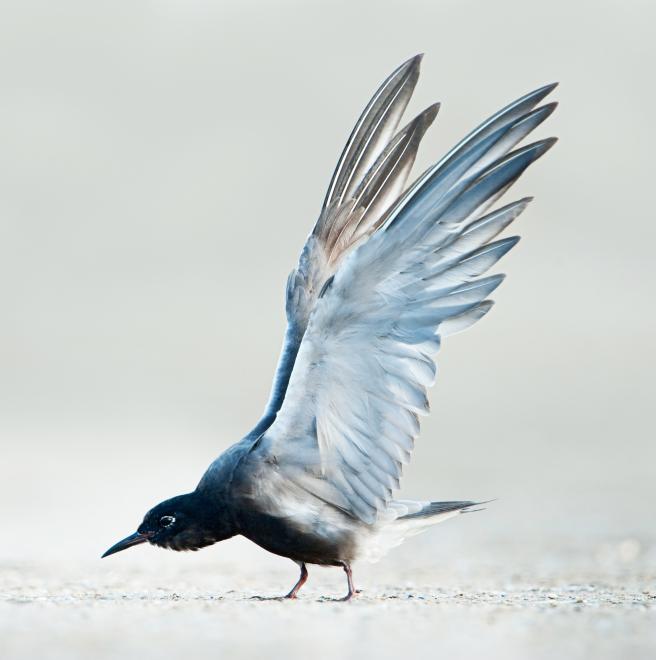
Most terns are white and silver, but not this one. The aptly named Black Tern is widespread but highly scattered, being absent from many areas of seemingly suitable habitat: inland marshes. Audubon's climate model shows a modest loss of the overall amount of climatically favorable areas, with the species’ range drifting north possibly all the way to Alaska. If new regions of suitable climate are filled with buggy marshes, Black Terns may well move in. It is worrisome, however, that the species is absent from many areas that appear suitable at the current time. Population health in the Black Tern may well come down to the species’ ability to quickly colonize and establish in newly created habitat.
Are the projected range maps different from the range maps in field guides? Find the answer here.
Explore more birds threatened by climate change around the country.
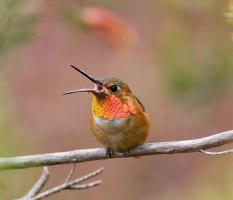
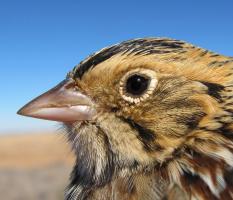
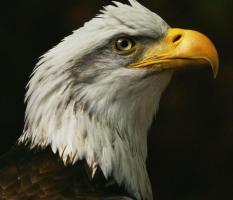
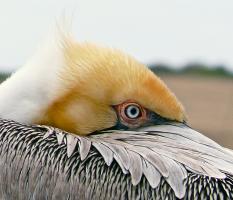

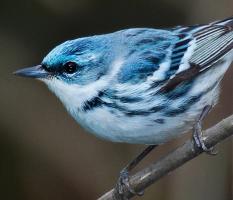
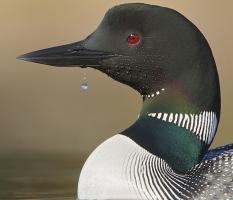
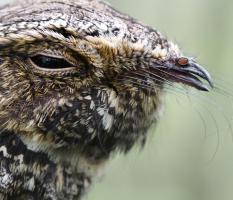





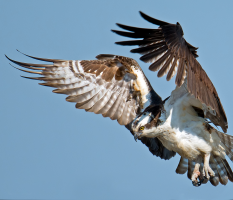
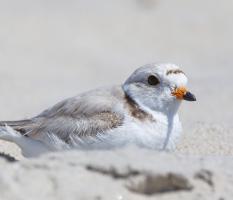

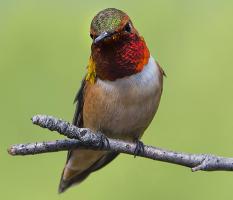

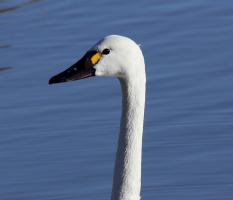
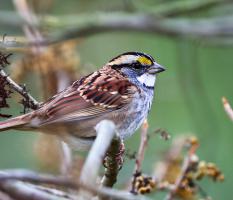

It's easier than you think to make a difference. Become an Audubon member today to help birds facing climate change.